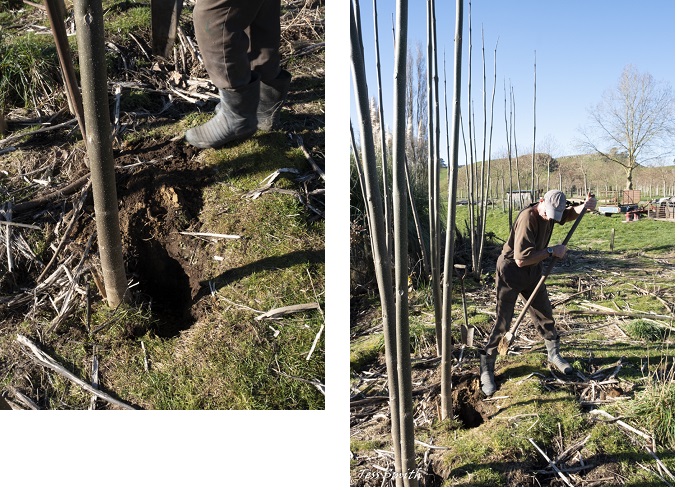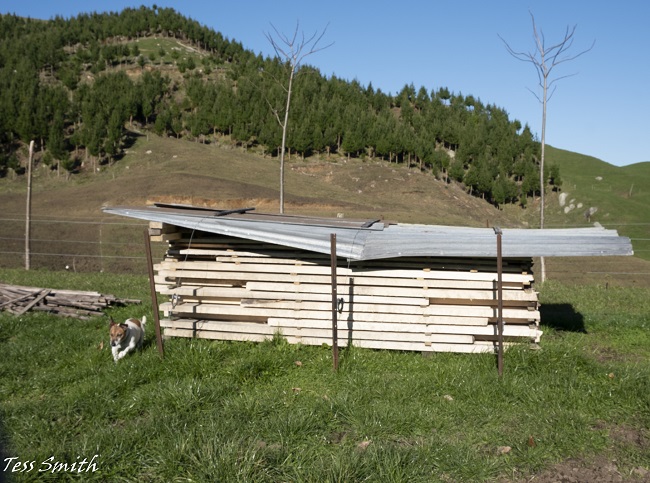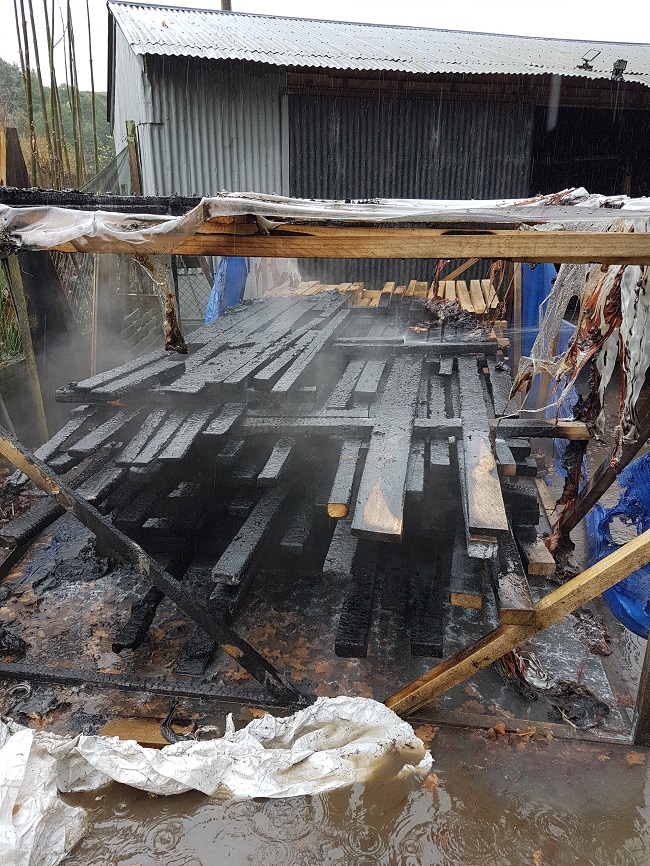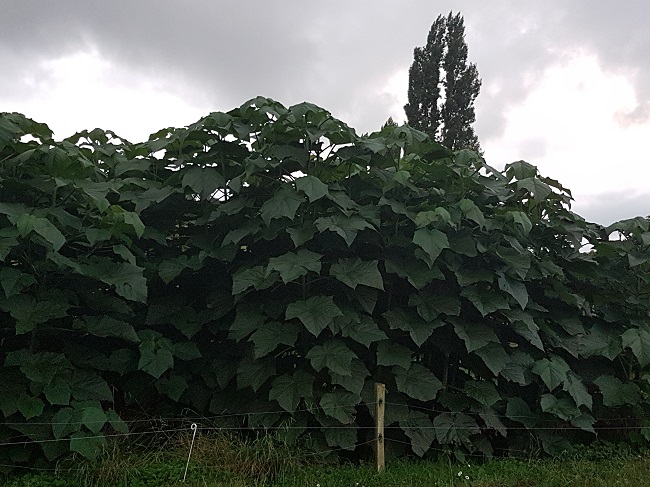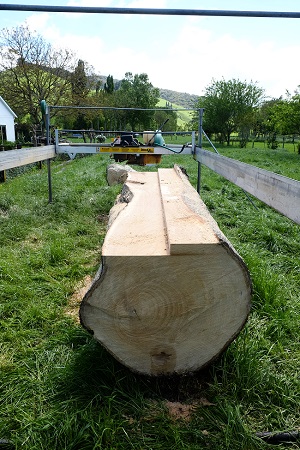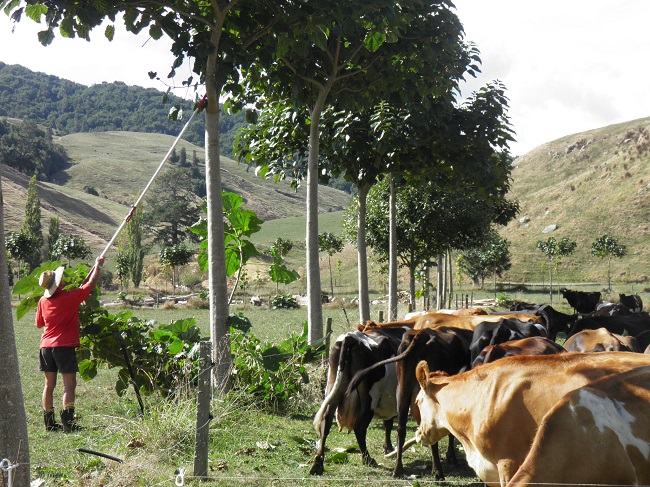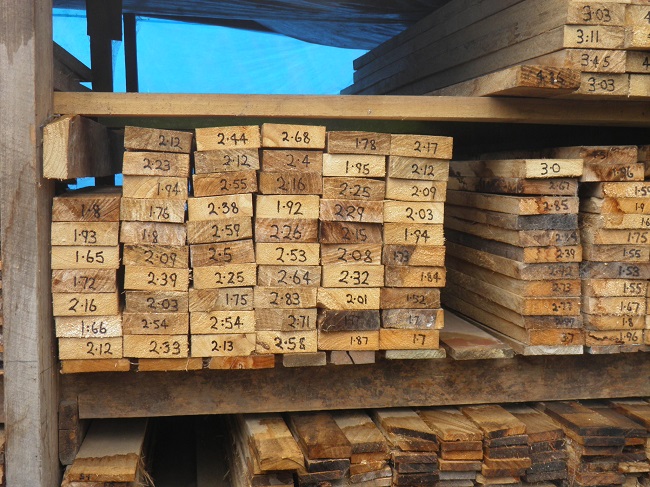Spring has sprung and not before time. Calving has been over for a week, 3/9/21, as I write this. Bringing calving forward five days has given me a good head start on last season but has put pressure on feed available. Growth rates of 11 kg DM/ha through late winter, July / August contrasted with rates of up 21 to 27 kg DM/ha/day in early winter. Not surprising when the ground temperatures were down to 5 °C in early July. I made an early start on the PKE/tapioca mix to compensate and then added in a bale of silage as well. An August application of Ammo 36 has seen the grass get moving but supplements are still needed to keep the girls happy.
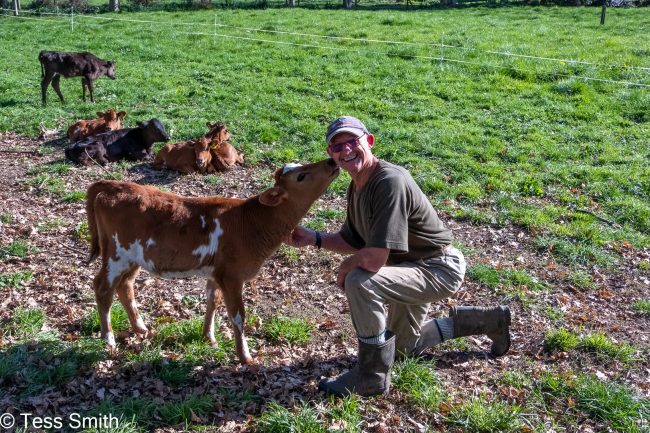
Being OAD I don’t expect great peaks in production, so to be doing 1.66 kg MS/day at this stage is pleasing. It has taken three years to get the herd in shape to milk OAD. I see more potential, but it takes time to breed the correct type of cow. The heifers struggle with OAD as their udders lack the volume to carry the milk they want to give. By the time they are three they milk very well, and it is just a case of being patient. By then they are fully grown and ready to go.
The rising two-year heifers are looking good and cycling well. The calves are less in number this year due to a policy decision to rear 20% replacements instead of the usual 25%. With empty rates dropping due OAD I feel I am better off milking more cows that can handle OAD and getting really picky with my replacements. The average BW of the calves kept this year is 240 and I sold another 12 surplus, plus I put some brown high BW calves on the truck because the colour puts buyers off. I feel I may in future get value from sexed semen providing they are suppling the bulls I want to use. I enjoy rearing the stock from start to finish and seeing how they develop.
This morning in the shed things were going so smoothly I had time to reflect on my life of milking cows. My music of choice is the “Sound” on the radio on an Akai Prolab with a Denon tuner and this contrasts markedly with the sound in the shed when I started milking cows in 1972. Then it was an old valve radio with an analogue tuner drifting in and out of tune with plenty of hissing and clicking from the electric fence interference. We hand washed every cow with soap and stimulated the cows to drop their milk. The breeds were mostly Jersey with some blue cows which were Friesian/shorthorn cross. They had poor udders and not a good temperament. Electric fences were weak, and we used steel wire on the reels with mostly portable units with a large car battery to run them. No causmag then so it was hay to keep them full and lots of bottles of calcium in the vein to keep the girls alive. I was fresh out of school and from town, so this was a real eye-opener. The boss gave me the job of keeping the cows alive because he didn’t like the stress. I saved them all and must have done around 100 of the three hundred cows. Herd testing was a mission, but the highlight for a 17-year-old was the girls who came after herd testing to spin out the fat samples. Always seemed to be plenty of jobs to do around the shed on those days! Effluent was pumped out onto the paddock through a two-inch pipe but no sprinkler and was left to puddle and drain away. Motor bikes on farms were fairly new then and the boss buying a new Yamaha Ag bike was a lift from walking or using the tractor.
These reflections started from a smooth milking, and it wasn’t until I was hosing down that I realised it must have been a good milking as there were no turds in the shed!!
Back to reality though and I have had a busy winter planting more trees and possibly more to go yet if I can get motivated. It has become obvious with some of my plantings at a 100 plus trees to the hectare that something has to give, and it has been the grass. So, this summer I intend to thin them down to around 50 per hectare when it gets dry. I can fell them ahead of the cows and they will get the benefit of all the foliage before I clean up the mess. Paulownias are able to grow again from the stump and I intend to let them and then every two years feed the regrowth to the cows. This will cut shading by two thirds but still give me the benefits of the root system growing extra feed. It also allows me at any time to grow full trees if timber demands grows.
Every autumn the leaves fall, and I took advantage of that this year to row and bale them for extra forage for the cows. I fed those bales out in the cold dry weather in winter and the cows enjoyed them. The ME was low at 6 but the cows did well on them as I wasn’t trying to put weight on them with their condition score already at 5. I don’t know for sure if it made a difference, but I had no milk fever this spring and it could have been because the lower quality feed in the bales caused the cows to metabolize their reserves and get them in gear for milking. The bales were fed out in the last weeks before calving, but it is only a guess. Even though the ME was low I will bale again this autumn because with a few tweaks I think I can get a bit better quality bale if the frosts condense the leaf fall. On top of this, those extra bales in winter allowed me to extend the round length to 140 days and happy cows. Shifting that feed forward to calving can only be useful, especially with this cold valley climate. Felling those extra trees will not affect my carbon credit claims so long as I maintain a 30% canopy coverage. The value of the credits has doubled since I first registered and there is plenty more to be gained in the future.
Paulownias dislike the wind and I wish to plant some exposed hillside sites. So, I intend to use chestnut, poplar, walnut, elm and oak to achieve shade and shelter. I’m using those species because I already have self-sown seedlings on the farm which just need transplanting. They are also deciduous which I think is important to achieve winter grass growth.


